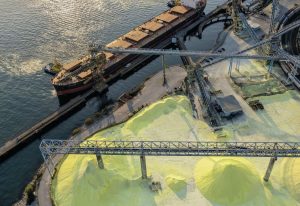
North America’s sulphur industry
Sulphur output in North America continues to decline due to refinery closures and conversions at the same time that acid demand is increasing for metals processing projects.

Sulphur output in North America continues to decline due to refinery closures and conversions at the same time that acid demand is increasing for metals processing projects.
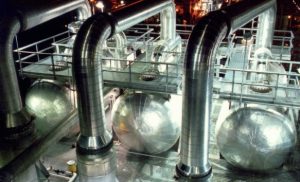
Fluor explores the versatile potential of oxygen enrichment for various revamp and debottlenecking opportunities.
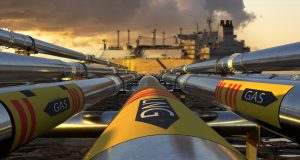
Advanced SRUs and decarbonisation technologies position LNG for net-zero goals by 2050. Mahin Rameshni and Stephen Santo of RATE USA review sulphur management strategies for LNG, from ppm-level H2 S scavenging and non-conventional liquid redox to Claus SRUs, and introduces RATE’s patented technologies to achieve >99.9% recovery, operational stability, and decarbonisation alignment amid regulatory and market challenges.

MEScon 2025 took place in Abu Dhabi from 19-22 May 2025, providing delegates with renewed energy, new connections, and fresh ideas to apply across the sulphur value chain.
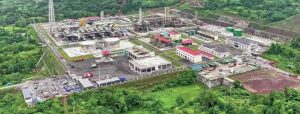
PetroChina has started production at Dukouhe-Qilibei, the last of three major sour gas fields in its high-sulphur Chuandongbei cluster in southwest China. The Dukouhe-Qilibei field’s hydrogen sulphide content reaches up to 17.1%, the highest of any integrated gas field currently in production in China. PetroChina confirmed that commissioning was completed on 30 June, with the Dazhou gas processing plant now running at its full design capacity of 4 million cubic metres per day. The Chuandongbei cluster originally comprised three key sour gas block: Luojiazhai, Tieshanpo, and Dukouhe-Qilibei, and was initially developed under a partnership between Chevron and PetroChina, with Chevron leading the early-phase project development. However, Chevron exited the project in 2020, transferring full control to PetroChina following operational delays and cost challenges. PetroChina says that the completion of Dukouhe-Qilibei solidifies its capabilities in handling high-sulphur content gas fields and marks a significant boost to China’s domestic gas supply, particularly in inland regions with growing industrial demand. n

TotalEnergies has awarded the China Petroleum Engineering & Construction Corporation (CPECC) the engineering, procurement, supply, construction and commissioning (EPSCC) contract to build its new Ar-Ratawi gas processing plant in Iraq. CPECC subsidiary China Petroleum Pipeline Engineering will build two midstream gas pipelines connecting the Majnoon and West Qurna 2 oilfields to Artawi-based processing plant. The planned gas pipeline infrastructure comprises a 114-kilometre sour gas pipeline built with 26-inch diameter pipes, an 83-kilometre, 20-inch sour gas pipeline, and an 83-kilometre, 20-inch sour gas pipeline. The awards form part of the TotalEnergies-led Gas Growth Integrated Project (GGIP) in Iraq, which is valued at $10 billion.
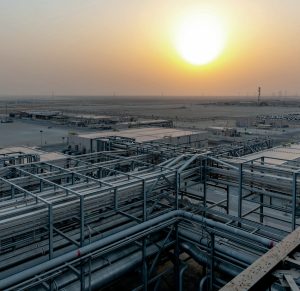
The Middle East remains the world’s largest regional exporter of sulphur, with additional capacity continuing to come from both refineries and particularly sour gas processing.

Kazakh state gas company QazaqGaz says that work is progressing well and on schedule on the 1 billion m3 expansion project at the Kashagan Gas Processing Plant. A recent site report says that seven absorption columns have been installed at the sulphur treatment unit (each weighing between 50-170 tonnes); three sections of the smokestack have been installed at the sulphur recovery block, along with storage tanks and pumps for the heat carrier, instrumentation air, and nitrogen supply units; and a total of 2,177 t of process equipment has been installed. Welding works for tank assembly are ongoing, and over 12,000 meters of underground piping have been laid, and more than 38,000 cubic meters of concrete have been poured.
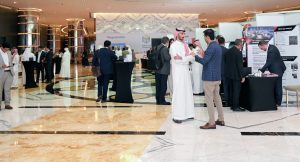
The Middle East’s premier event for the sulphur global industry, MEScon 2025, returns to the Conrad Abu Dhabi, Etihad Towers from 19 to 22 May 2025.

Kuwait’s state owned Kuwait Oil Company (KOC) has issued a tender for companies to bid on construction of the second phase of its gas sweetening facility at booster station BS 171 in West Kuwait. Thirty-two companies have been pre-qualified to bid for the $390 million engineering procurement and construction (EPC) contract for the project. Phase II will involve the construction of two processing trains, each with a capacity to produce 60 million scf/d of sales gas from sour gas with an H2S content of 4%. Sulphur recovery from the project will come from two separate 100 t/d trains with a total capacity of 65,000 t/a of molten sulphur.